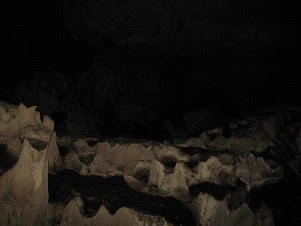
Sarawak Cultural Village called the 'Living Museum', the Cultural Village was set up to preserve Sarawak's cultural heritage. Located at Pantai Damai, Santubong, it is the perfect place to get introduced to local cultures and lifestyles. Sprawled over 17 acres, there are about 150 people living in the village, demonstrating traditional daily activities like the processing of sago, and the making of handicrafts. They wear traditional costumes and also put on dances for visitors. Visitors can see replicas of buildings that represent every major ethnic group in Sarawak: longhouses of the Iban, Bidayuh and Orang Ulu, a Melanau tall-house, a Chinese farm house and other attractions. The village residents provide information on their traditional cultures and lifestyles. The village also has a theatre where visitors can enjoy a multicultural dance performance. A restaurant and handicraft shops are also available. You can even get married at the Sarawak Cultural Village, in traditional Iban, Malay, Bidayuh or Orang Ulu style, as the village also hosts themed dinners and parties. The Sarawak Cultural Village is about 40 minutes' drive from Kuching, 35 km away from Kuching is Sarawak's fascinating cultural showcase, the award winning "Sarawak Cultural Village". This living museum depicts the heritage of the major racial groups in Sarawak and conveniently portrays the respective lifestyle amidst 14 acres of equatorial vegetation. Here, it is possible to see Sarawak's ethnic diversity at a glance. The handicraft is both bewildering and tempting, including the Kain Songket (Malay cloth with gold inlay), Pua Kumbu (Iban housewives textiles), Melanau Terendak (sunhat), Bidayuh tambok (basket), Iban parang (swords), Orang Ulu wood carving and Chinese ceramic. The 45-minute cultural performance of songs, dances and entertainment is something you will not want to miss out during your visit to Sarawak.














 The Wind Cave is a very popular local tourist destination close to Kuching. It probably received its name from the draught of air which passes through the passage leading to the Sungai Sarawak Kanan on which it is situated. The name is translated as "Wind Cave" or "Cave of the Winds".
The Wind Cave is a very popular local tourist destination close to Kuching. It probably received its name from the draught of air which passes through the passage leading to the Sungai Sarawak Kanan on which it is situated. The name is translated as "Wind Cave" or "Cave of the Winds".


















